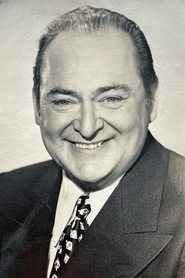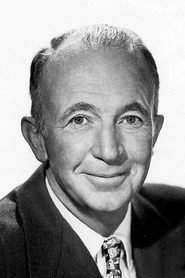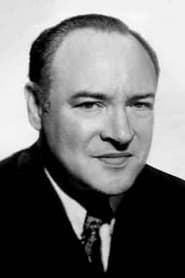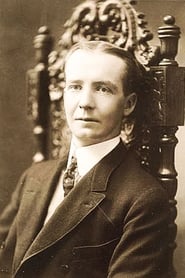Cast
View AllEdward Arnold
as Barney Glasgow
Joel McCrea
as Richard Glasgow
Frances Farmer
as Lotta Morgan / Lotta Bostrom
Walter Brennan
as Swan Bostrom
Mady Christians
as Karie Linbeck
Mary Nash
as Emma Louise Glasgow
Andrea Leeds
as Evvie Glasgow
Frank Shields
as Tony Schwerke
Edwin Maxwell
as Sid LeMaire
Cecil Cunningham
as Josie
Charles Halton
as Jed Hewitt
Doodles Weaver
as Sourdough Barfly (uncredited)
Fred 'Snowflake' Toones
as Snowflake (uncredited)
Harry C. Bradley
as Thomas Gubbins (uncredited)
Gino Corrado
as Waiter (uncredited)
Crew
Director
- William Wyler
- Howard Hawks
Producer
- Samuel Goldwyn
Reviews
CinemaSerf
"Barney Glasgow" (Edward Arnold) is a backwater logger in Wisconsin who hits on an idea that could make him a fortune - he proposes this to his boss who accepts; but whose daughter goes with the package! He leaves his first love - saloon singer "Lotta" and his career goes from strength to strength. Twenty years later, he discovers that his love had a daughter (Frances Farmer) and he quickly becomes infatuated with her; much to the chagrin of his own son "Richard" (Joel McCrea) who is, himself, keen on the girl and of his more generously concerned daughter "Evvie" (Andrea Leeds). This is a rather straightforward story, but the characters are both strong and engaging; (Oscar winning) Walter Brennan as his long-time friend "Swanny" is also a crucial ingredient as the story deals with this mid-life crisis in a delicate, at times funny, but always sincere fashion. Howard Hawks and William Wyler share the directing credits on this - I've no idea why - but their two minds have managed to create something just a bit different here; and if you get the chance to catch up with it, you ought to.
Jun 19, 2022
Thematic Analysis
As a dramatic work, Come and Get It examines complex human relationships and emotional struggles against the backdrop of a period setting that reflects societal issues of its time. The character development particularly stands out, offering viewers a chance to reflect on their own life journeys.
Director William Wyler brings their distinctive visual style to this film, continuing their exploration of themes seen in their previous works while adding new elements. Their approach to character development and emotional depth creates a viewing experience that rewards close attention.
Released in 1936, the film exists within a cultural context that now offers viewers historical perspective on the social issues of that era. Its reception demonstrates the diverse reactions to its artistic choices and its place in cinema history.
Did You Know?
- The production of Come and Get It took approximately 33 months from pre-production to final cut.
- The final cut of the film runs for 99 minutes, though the director's initial assembly was reportedly 151 minutes long.
- The costume department created over 483 unique costume pieces for the production.
- Some visual effects sequences took up to 11 months to complete.
- The film contains approximately 2473 individual shots.
Historical Context
- In 1936, when this film was released:
- Television was becoming a dominant form of home entertainment.
- The Cold War was intensifying, influencing global politics and culture.
- The film industry was dominated by major studios, with independent cinema still in its early development.
How This Film Stands Out
While Come and Get It shares thematic elements with other films in its genre, it distinguishes itself through its unique approach to storytelling, visual style, and character development.
Unlike The Upside, which takes a more conventional approach to its subject matter, Come and Get It subverts genre expectations by exploring its themes with greater nuance.
While films like Chariots of Fire and Election explore similar territory, Come and Get It stands apart through its deeper exploration of its central themes and more complex characterization.
This film's unique contribution to cinema lies in its thoughtful balance of entertainment value and thematic depth, making it a valuable addition to its genre.
Details
- Release Date: November 6, 1936
- Runtime: 1h 39m
Where to Watch
























